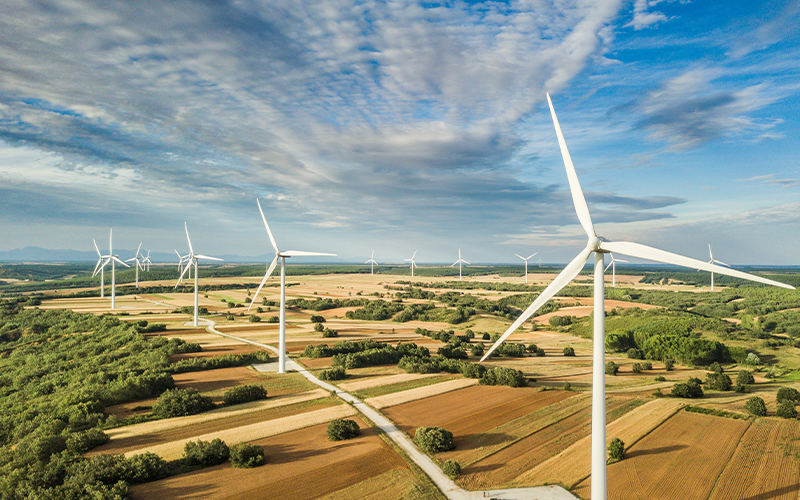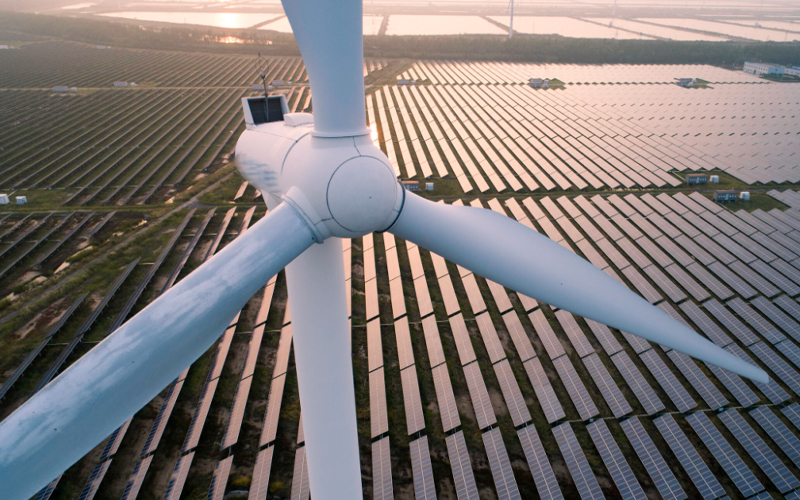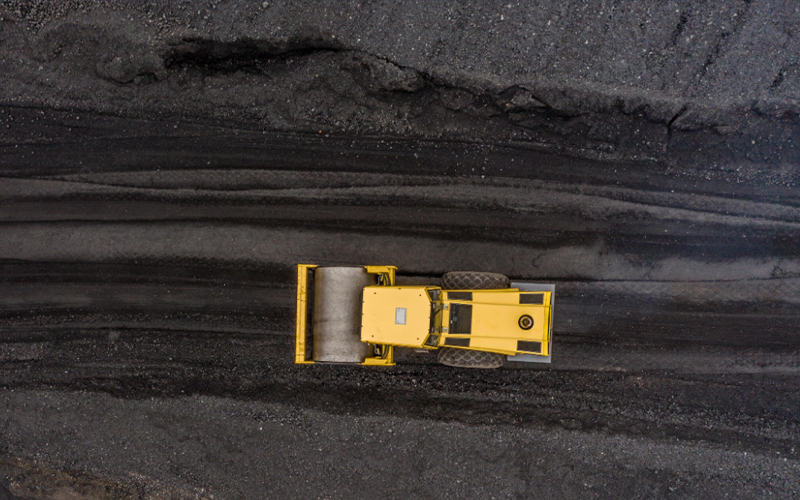The foundation of energy and utility suppliers is efficiency and resilience. Therefore, the provision of uninterrupted services is at the core of a power and utility company. However, this is routinely threatened by a number of reasons, such as:
- Ageing infrastructure
- Grid congestion
- Extreme, unpredictable weather and climatic conditions
- Natural disasters
- Data collection and analysis
- Renewable energy integration
- Unskilled labour
- Economic and political incidents
- Ever-evolving demand expectations
What is smart grid technology?
An electricity disruption will quickly spiral into a domino effect, causing chaos within communications, banking, security, traffic, and even heating systems. Smart grid technology is just what it says - smart. It is a digital ecosystem of sensors, computers, and software that works uninterrupted to maintain grid stability.
When outages materialise, a smart grid automates the re-routing process and minimises its effect. It will isolate specific outages and contain them to avoid full-scale blackouts. Electricity is quickly and strategically restored, first to healthcare and other essential services.
Advantages of the smart grid include:
- Quick restoration of services post disruptions,
- Efficiency of transmissions,
- Reduced operating and maintenance costs, which ultimately lowers power costs for end-users,
- Increased security and more efficient banking, communications, traffic, and electric services (domino effect),
- End-users can contribute with their power generation systems, which also include renewable energy sources.
Integrating renewable energy and energy storage systems within a smart grid framework
As energy prices rise and global temperatures hit record highs, there is heightened environmental consciousness for the adoption of renewable energy sources. However, today's energy grid is inflexible and inadequate for supporting emerging renewable technologies. Traditional grids operate on a one-way flow of power from centralised sources like coal, nuclear, and gas to consumers. They struggle to adapt to sudden spikes in demand or facilitate the shift to 100% renewable energy needed to meet climate targets. Additionally, while energy storage, like battery systems, can enhance grid stability, the intermittent nature of renewable energy poses challenges. The creation of smart grids, thus, becomes crucial.
Smart grids efficiently coordinate the requirements and capabilities of generators, grid operators, end-users, and market stakeholders. Transitioning to a smart grid involves integrating diverse renewable sources and battery storage for success. Renewable energy sources (RESs) and energy storage systems (ESSs) offer significant opportunities to reduce carbon emissions in urban areas, regulate frequency and voltage fluctuations, and address peak load demands.
Renewable energy stations and functions at the edges of existing grids that assimilate all available distributed loads. One can never tell the difference because they perform like carbon-based loads.
Grid modernisation for streamlined energy and utilities process
The solar and wind power sectors are experiencing record investments, signalling a global move away from fossil fuels. Despite challenges like supply chain disruptions and economic instability, the industry is responding by substantially boosting spending on grid modernisation. Major organisations are making significant investments in grid modernisation initiatives and innovative technologies such as Distributed Energy Resource Management Systems (DERMS) and Virtual Power Plants (VPPs) to enhance energy distribution efficiency.
For companies, utilities help prioritise enhancing service, reliability, and technology while managing costs to:
- meet evolving customer expectations by offering digital, transparent experiences,
- invest in digital skills,
- increase capacity, accommodating two-way power flow, and
- strengthen defences against cyber threats by implementing operational technology enhancements, new security architecture, and updated business processes.
Smart grids are technology-dependent, which automates the process of gathering data and acting on inputs. They efficiently coordinate amongst the most crucial stakeholders to ensure that the system operates efficiently, consistently, and reliably. Additionally, the cost of replacing old and ageing power and utility infrastructure is beyond the feasible means of any one company. Smart grids are a way to keep up with a network which continuously needs replacement and upgradation, at a lower cost.
Distributed Energy Resource Management Systems (DERMS) are optimising energy flow using distributed energy resources, such as residential solar panels, electric vehicles, biomass combustion, wind and hydropower, commercially used backup generators, and incineration of solid waste. These resources are used individually or in total. The most noticeable advantage is customisation to specific applications, which brings about energy efficiency, carbon reductions, cost-optimisation and supply security, making it a favourable and environmentally conscious choice.
DERMS manage resources and direct connected devices to feed energy into the smart grid when there is a demand-supply gap. This ensures a reliable, smart, efficient and safe power supply.
Likewise, a Virtual Power Plant (VPP), also referred to as an aggregator, offers a stronger integration of flexible demand and distributed energy resources (DERs). It is nothing but a network of DERs commonly managed by IoT devices.
The future story
The future of grid modernisation witnesses transformative advancements through grid orchestration and automation in the energy and utilities sector. With rapid technological innovations, such as advanced sensors, artificial intelligence, and machine learning, grids will become more intelligent and responsive. Grid orchestration will enable seamless coordination of diverse energy resources, optimising their utilisation and maximising efficiency. Automation will streamline operations, leading to faster responses to demand fluctuations and improved reliability. Ultimately, these developments promise a more resilient, sustainable, and adaptable energy infrastructure capable of meeting the evolving needs of society.
How can Infosys BPM help?
Infosys BPM provides services such as flex-staffing, master data management, supplier enablement, and engineering documentation that cater to the requirements of the energy and utilities sector. With its transformative digital services, Infosys BPM enables the application of smart grid technology along with renewable energy to maximise process efficiency of energy and utilities business processes. Explore our value-driven services.











